Why is my wall paint bubbling? Decorators reveal why it happens and how you can fix it
Bubbles look unsightly and might indicate a more serious problem
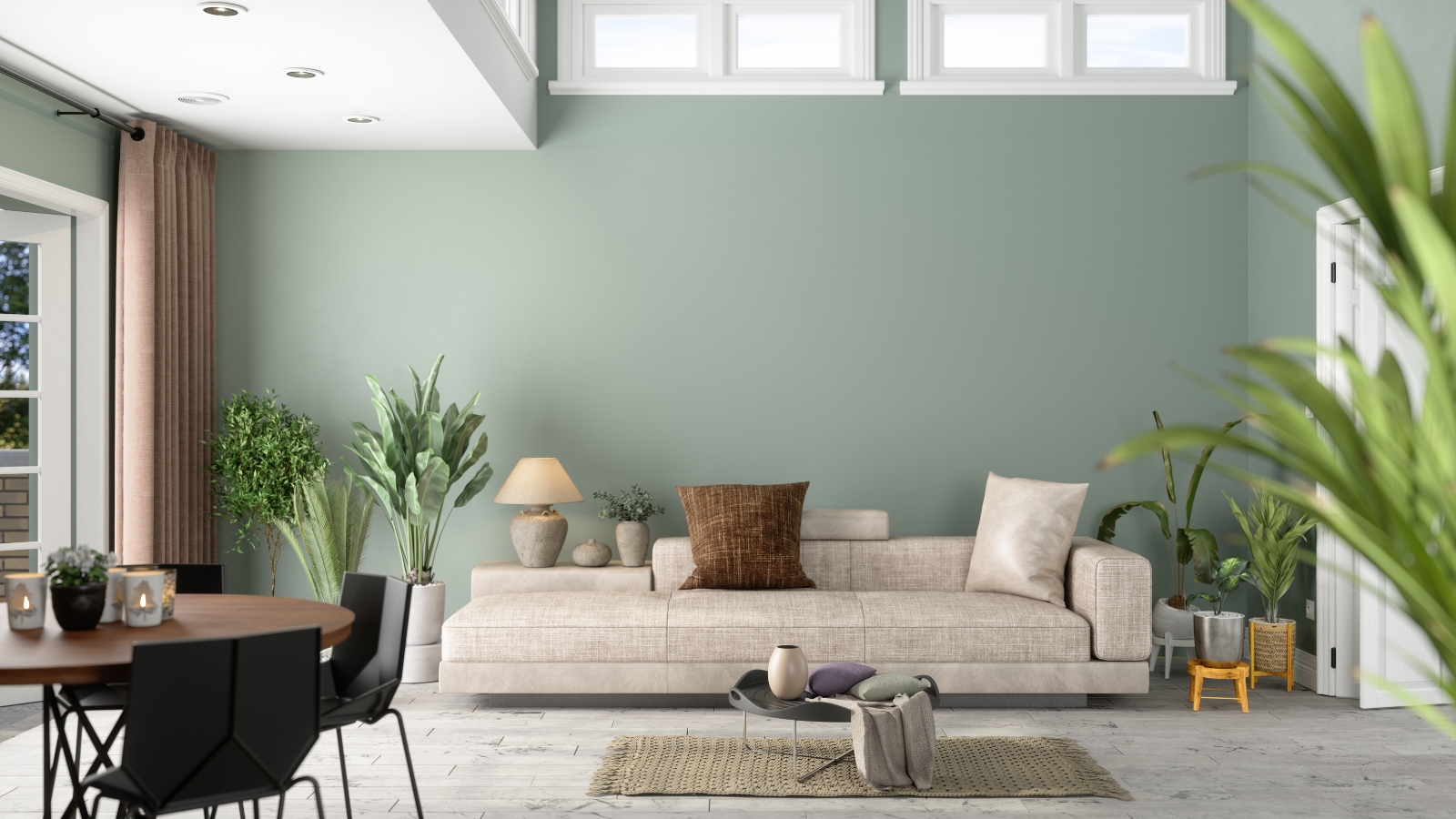

A freshly painted wall is one of life's great joys – but what if yours is bubbling?
Not only will this ruin the new look of your home, it could also be an indication of underlying issues, such as excess moisture or dirty surfaces.
Here, our painting and decorating experts explain how to fix paint bubbling on walls, so you can master how to paint a wall like a pro.
Why is my wall paint bubbling?
Gurleen Kaur, professional painter, decorator and owner of Gurleen Painting, explains, 'When paint loses its adhesion to the surface underneath it, it can result in the formation of visible paint blisters.'
Still, you might be wondering why paint would bubble on the wall in the first place. There's a host of reasons you might need to consider when painting a room:
1. It's improperly applied
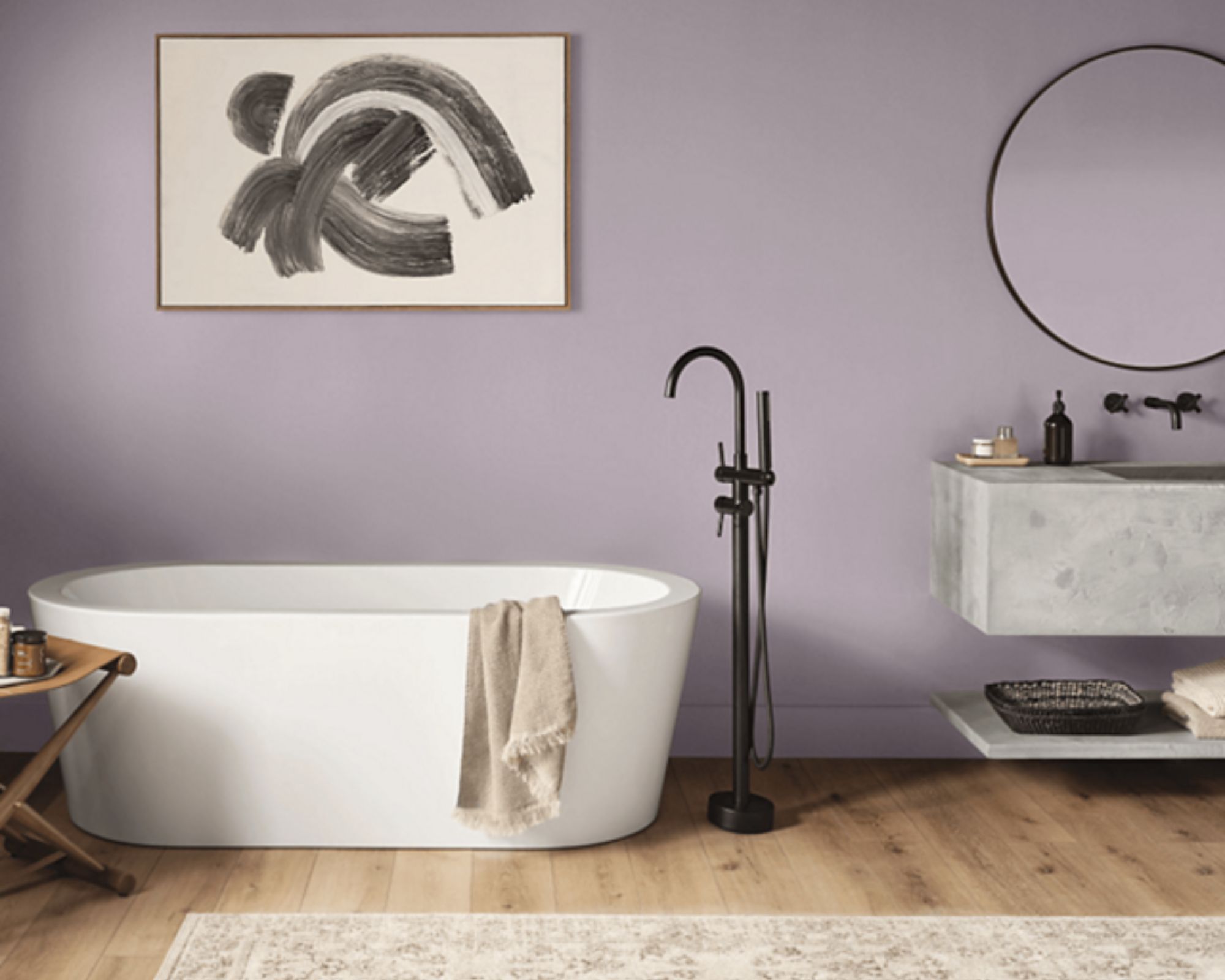
One of the most obvious reasons why your wall paint might be bubbling is also one of the easiest to avoid: it's improperly applied to begin with.
Andre Kazimierski, CEO of Improovy Painters of North Shore, explains, 'The most common reason in my experience is just paint that hasn't been properly applied. Whether it's a rushed job and you didn't allow your primer or first coat of paint to set correctly, you skipped the primer altogether, or if you didn't allow your surface to dry completely after cleaning it – if you're seeing bubbling paint, it's likely to do with user error.'
So, to prepare walls for painting, sand your walls, patch up any holes, and ensure you prime adequately with a high-quality primer, such as the Rust-Oleum ZINSSER Bulls Eye 1-2-3 Water-Based Stain Blocking Primer/Sealer available at Amazon.
Failing to do so 'can create a bumpy base upon which the paint will be applied, and thus develop bubbles, especially if the wall has cracks or small loose particles,' says professional painter, Kaur.
It's also important, says Austin Skogg, owner of Sky Side Exteriors, to peel old paint off the wall completely before painting over it. He warns, 'I remember working on a house where old, peeling paint wasn't completely scraped off. When we put on new paint, it trapped air and moisture underneath, causing those annoying bubbles.'
2. The weather is unsuitable for painting
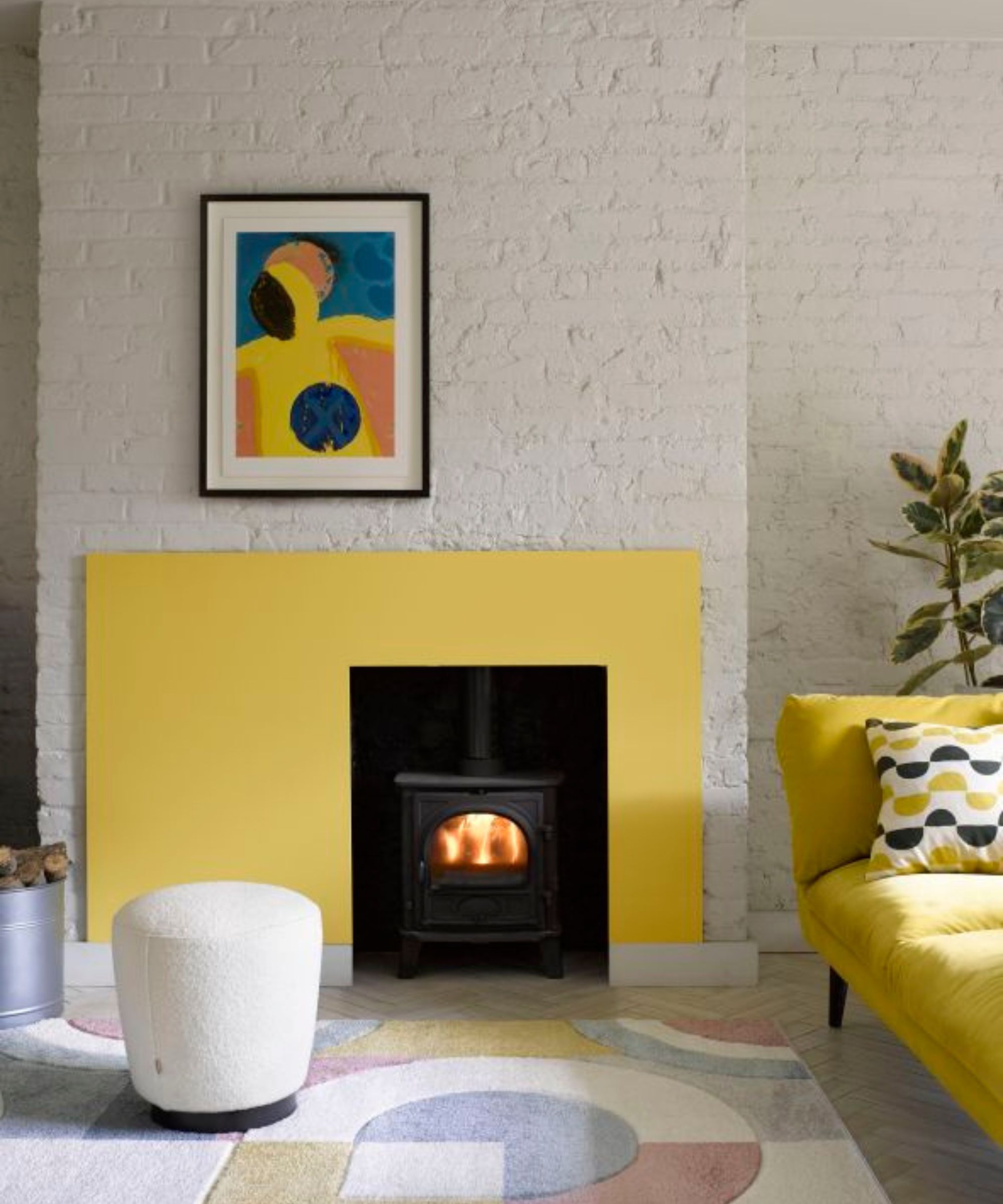
Something that can have a huge effect on how paint looks and dries is the weather, says contractor Skoog. But can you paint a house in humidity?
'Painting in extreme temperatures or high humidity can also cause bubbling,' he advises. 'I had a job where the weather was super humid, and without proper ventilation, the paint bubbled up badly.'
To avoid this, you can check the humidity of your home with a hygrometer, such as the Govee Indoor Hygrometer Thermometer available at Amazon and watch the temperature, too, before getting started.
The ideal humidity for painting your property is between 40% and 50%, and any higher could cause adverse effects. Note that a humidity of 70% is the maximum for most paints, and temperature-wise, professional painter Kaur advises that it's best to use the paint at temperatures ranging between fifty and eighty-five degrees Fahrenheit.
'For temperature-sensitive paints, Behr Premium Plus Ultra (available at Home Depot) is a solid choice,' recommends Skoog.
To keep a healthy home with good humidity levels, the average day-to-day should be a maximum of 50-60%. You can reduce your home's humidity even without a dehumidifier in multiple ways.
All prices correct at the time of publication.
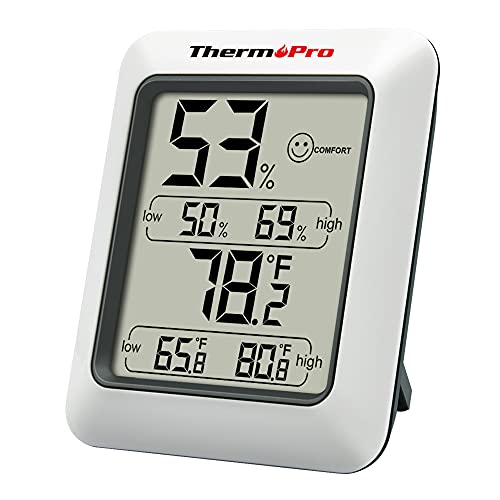
With multiple placement options, this hygrometer has accurate information to help you keep an eye on your home's indoor humidity.
3. The walls aren't clean
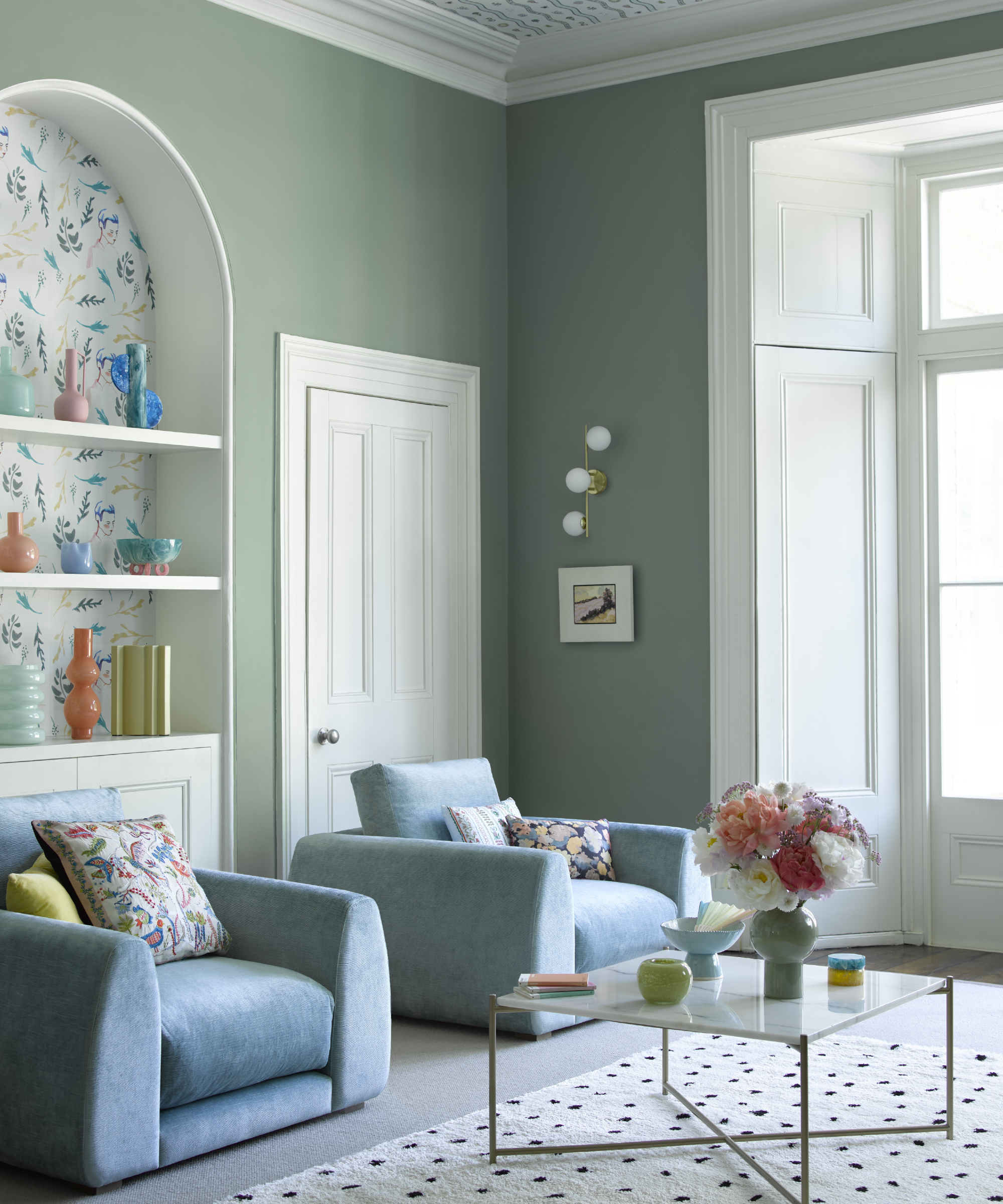
If you're repainting and want to avoid bubbling paint, it's important to know how to clean walls before painting, says professional painter Kaur.
'Some of the contaminants like grease, dust or residue could hinder paint from adhering to the surfaces well by causing bubbles whenever the surfaces have not been well cleaned before painting,' he explains.
'Before painting, the wall must be washed and cleaned thoroughly to remove any dust, grease or dirt. Ensure that the surface is completely dry,' before getting started.
Use warm water and dish soap, such as Dawn from Walmart, to clean walls, and ensure you don't use too much water, which may cause further moisture issues.
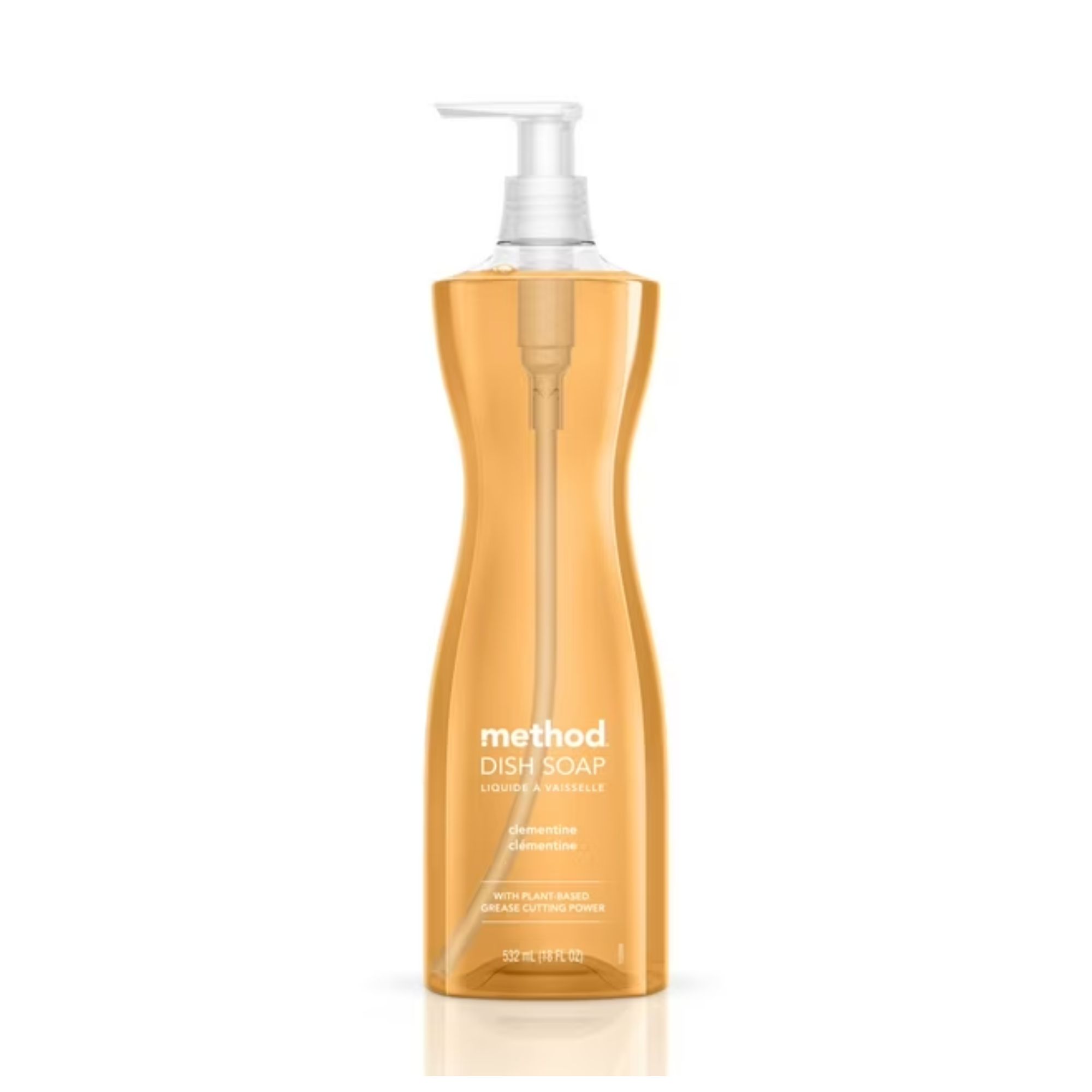
It's best to use a mild dish soap to avoid causing any discoloration, and this one has a biodegradable formula.
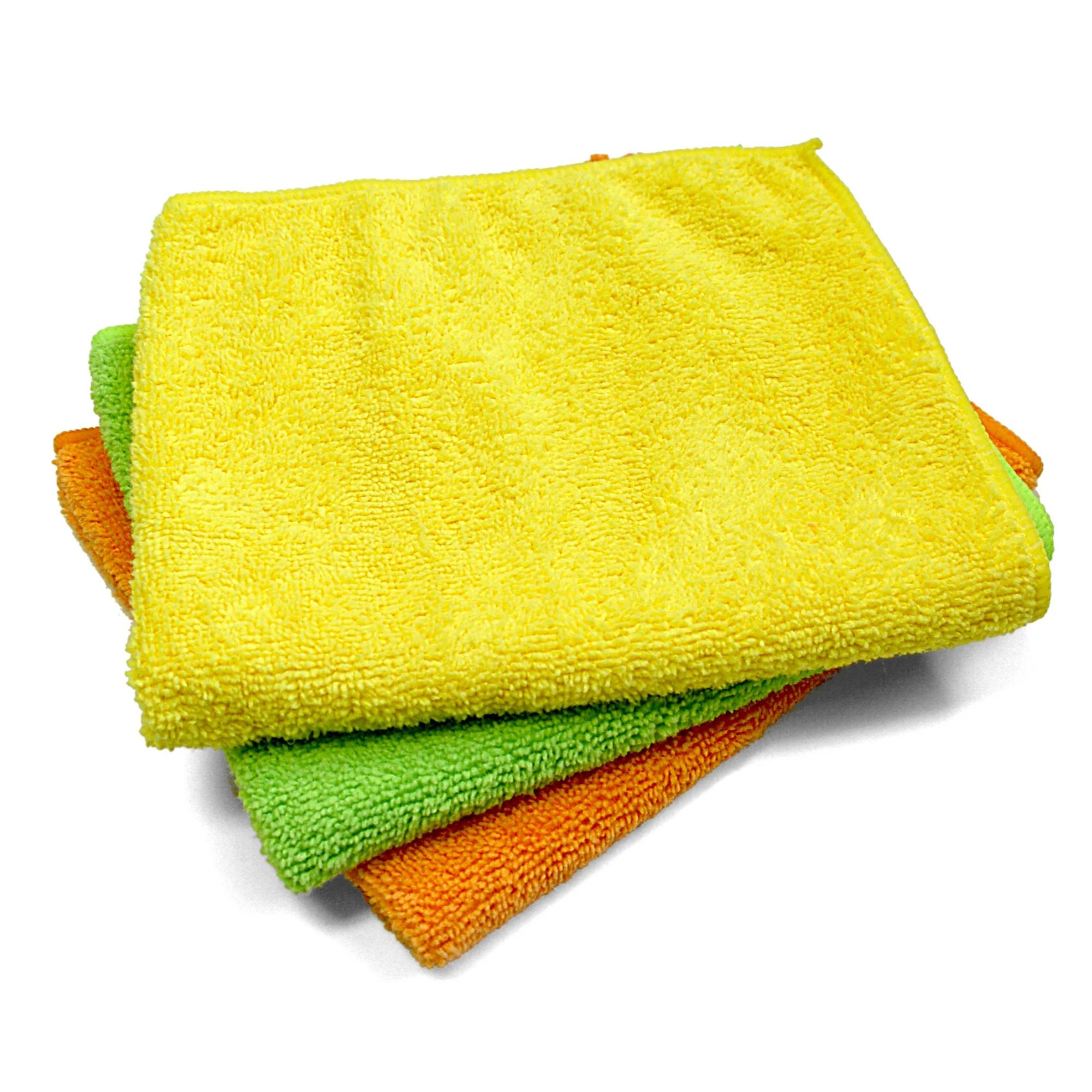
This soft, absorbent cloths are ideal for gently cleaning walls, without causing scratching or scuffs.
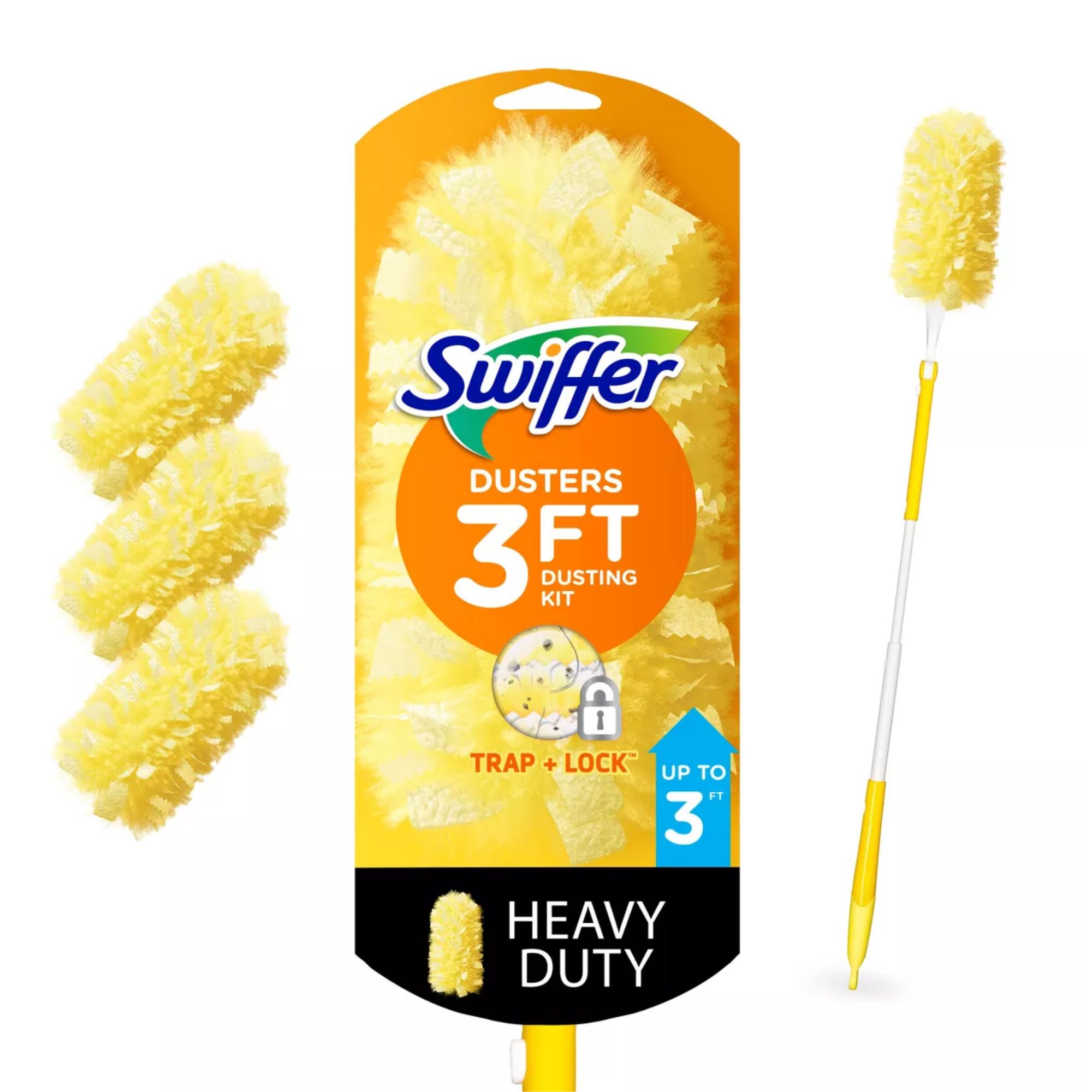
With an extendable handle, this duster is ideal for reaching high dust and cobwebs before painting.
4. Moisture issues and water damage

Paint expert Kazimierski explains, 'Wall paint bubbling can also be a sign of potential water damage or common household leaks within your walls though, so it is definitely something to get curious about when you see it.'
This is because the moisture will cause bubbles as it tried to escape, which is also why you should always ensure your surface is thoroughly dry before beginning painting.
It might also be a good idea to use your best dehumidifier in the room you intend to paint for at least a day or two before, particularly if you're painting any kitchen ideas or bathroom ideas, which tend to be the areas of the house with the most moisture.
If you have noticed moisture in a wall or ceiling, search for exterior leaks as prolonged ones can increase the risk of mold.
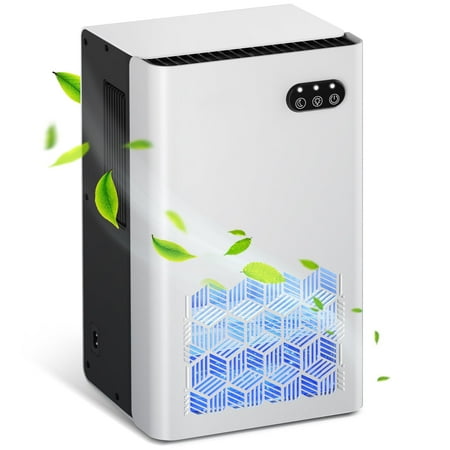
With two powerful modes, this dehumidifier effectively tackles humidity, with a safe-sleep mode that operates quietly. Head of solved, Punteha, dried a moderate water leak in her ceiling with a similar dehumidifier in a matter of days.
5. Low quality materials
As contractor Skogg explains, 'Sometimes the paint or siding just isn’t up to snuff. I once used a budget paint brand, and it didn’t perform well – bubbles everywhere. Switching to a more reputable brand solved the issue.
'Invest in quality paint and siding. Benjamin Moore Regal Select available at Benjamin Moore is one of my favorites for a smooth, lasting finish.'
If you're wondering where the best places to buy paint are, our expert guide ensures high-quality looks and finishes, wherever you're painting.
6. Incompatible paints
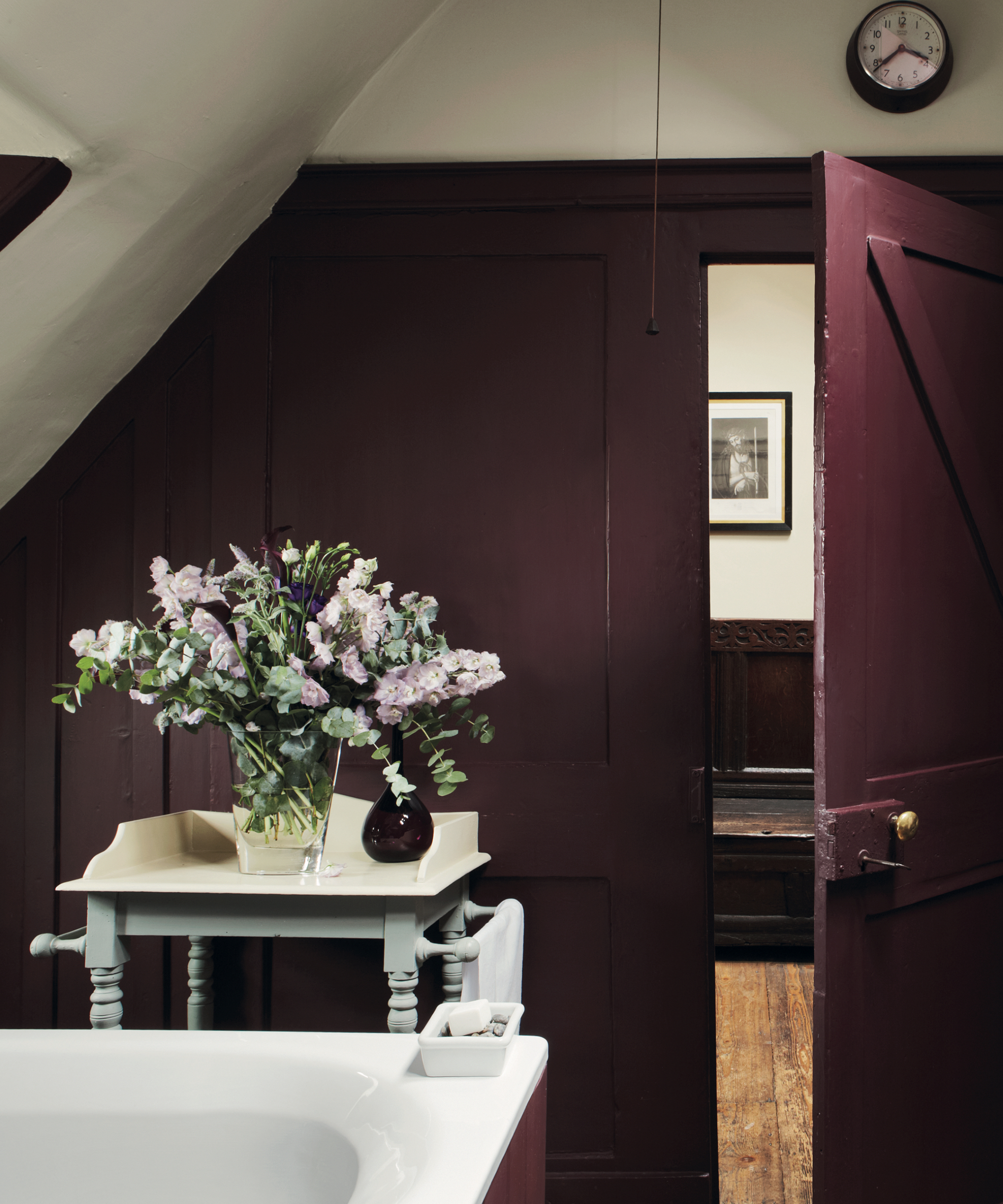
Finally, incompatible paints may be the reason why your paint is bubbling, says professional painter Kaur.
He explains, 'Applying one coating system over another that has been painted with a different type of paint, particularly by using an oil-based paint finish over a water-based one without preparing the surface prior.'
To avoid this, apply compatible paints in thin, even coats,' he advises.
How to fix paint bubbles
If it's too late, and your paint has already bubbled, looking uneven and unsightly, there are reliable ways to fix it.
1. Identify the cause
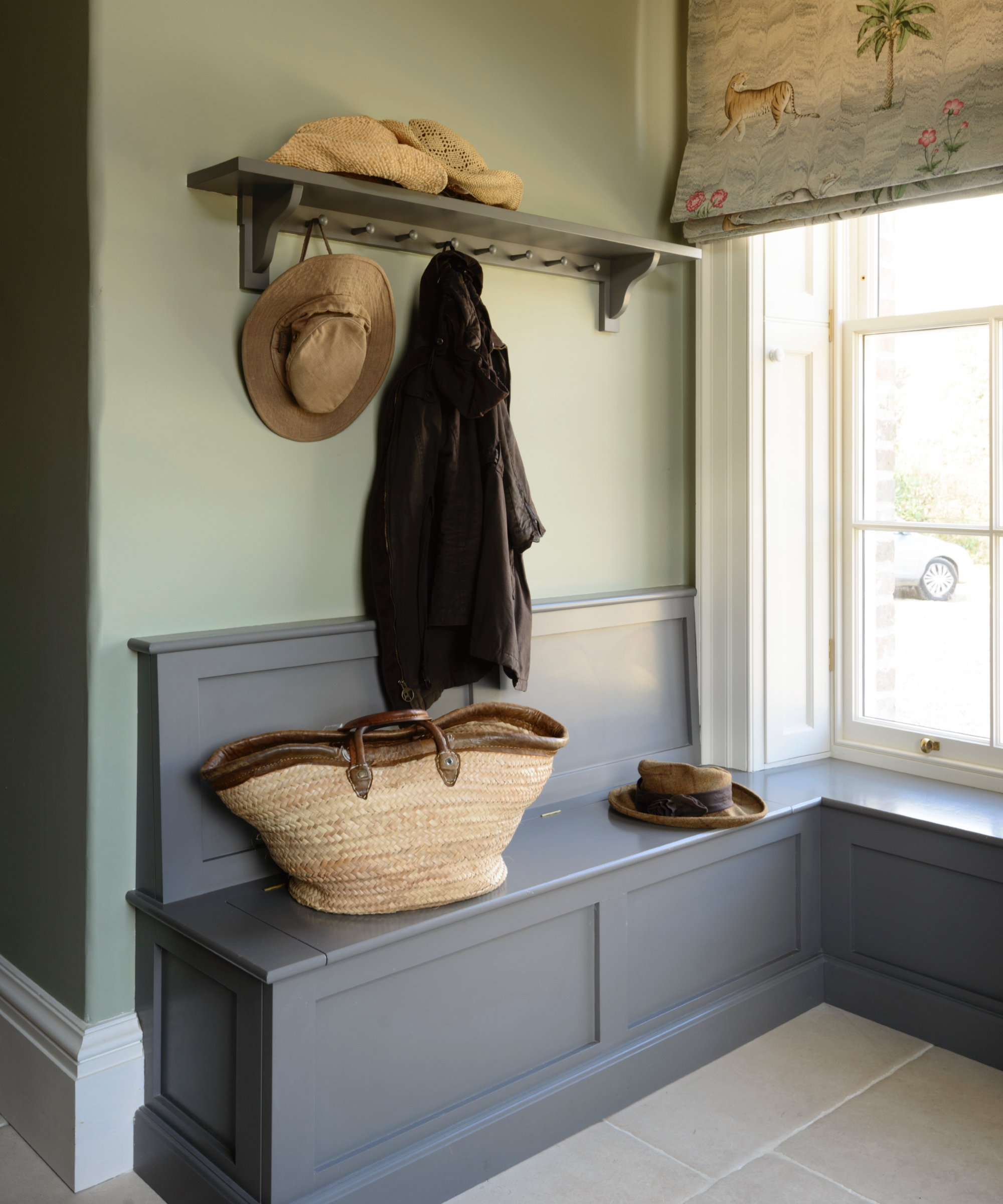
First things first, you will need to identify the cause of the problem.
Professional painter Kaur advises, 'First, treat the real problem, which is either high humidity or inadequate surface preparation.'
Look for signs such as damp spots or condensation inside windows which will indicate humidity, or a bumpy, uneven paint job.
2. Remove the bubbles
Next, it's time to remove those pesky bubbles. Contractor Skoog says, 'Scrape off the bubbles carefully. A good scraper, like the Hyde 09170 Dust-Free Vacuum Sander available at Amazon, makes this a lot easier.'
In a pinch, Kaur also recommends using a putty knife for this step.
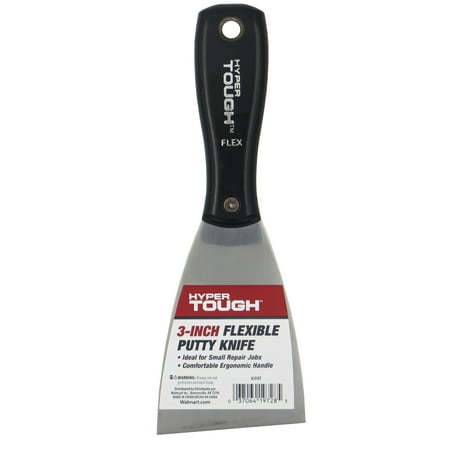
The flexible blade on this putty knife makes it easy to effectively remove paint bubbles without damaging the wall beneath.
3. Sand and clean
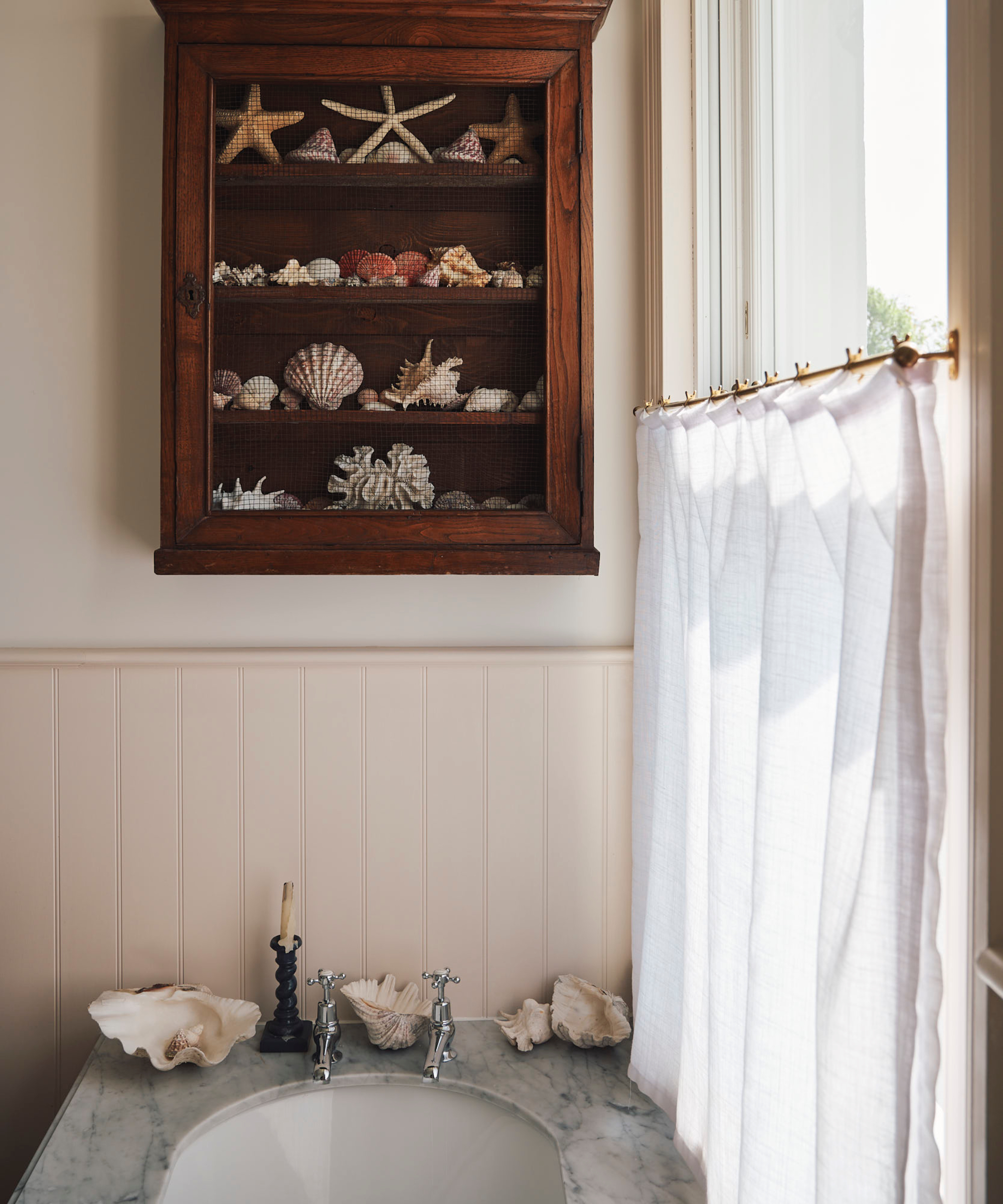
Contractor Skoog advises, 'After you’ve removed the bubbles, sand the area smooth and clean it up. The DEWALT DWE6423K sander (available at Amazon) is fantastic for this job,' and is useful to get rid of textured walls, too.
4. Prime and repaint
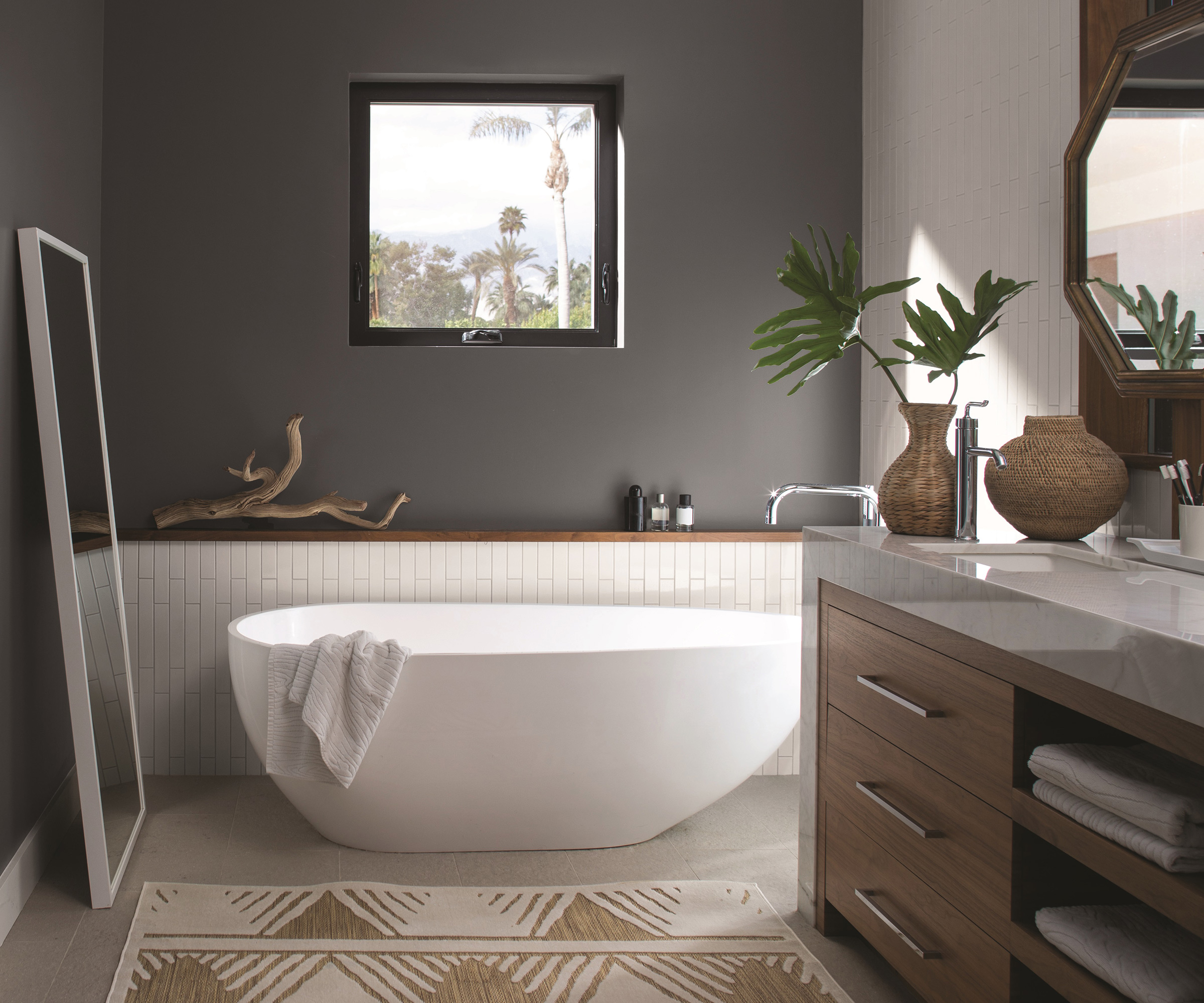
Then, it's time for the fun part – and the most important. Contractor Skoog advises, 'Apply a good primer to help with adhesion. KILZ 3 Premium Primer available at Amazon is my go-to for this.'
Of course, wait for the primer to dry thoroughly before applying your paint to ensure a smooth application. Stick to high quality paints, like beautiful Benjamin Moore paint colors, or the most popular Farrow & Ball paint colors – it's much better to spend more and get a result you're truly happy with then have to spend the money on repainting later down the line.
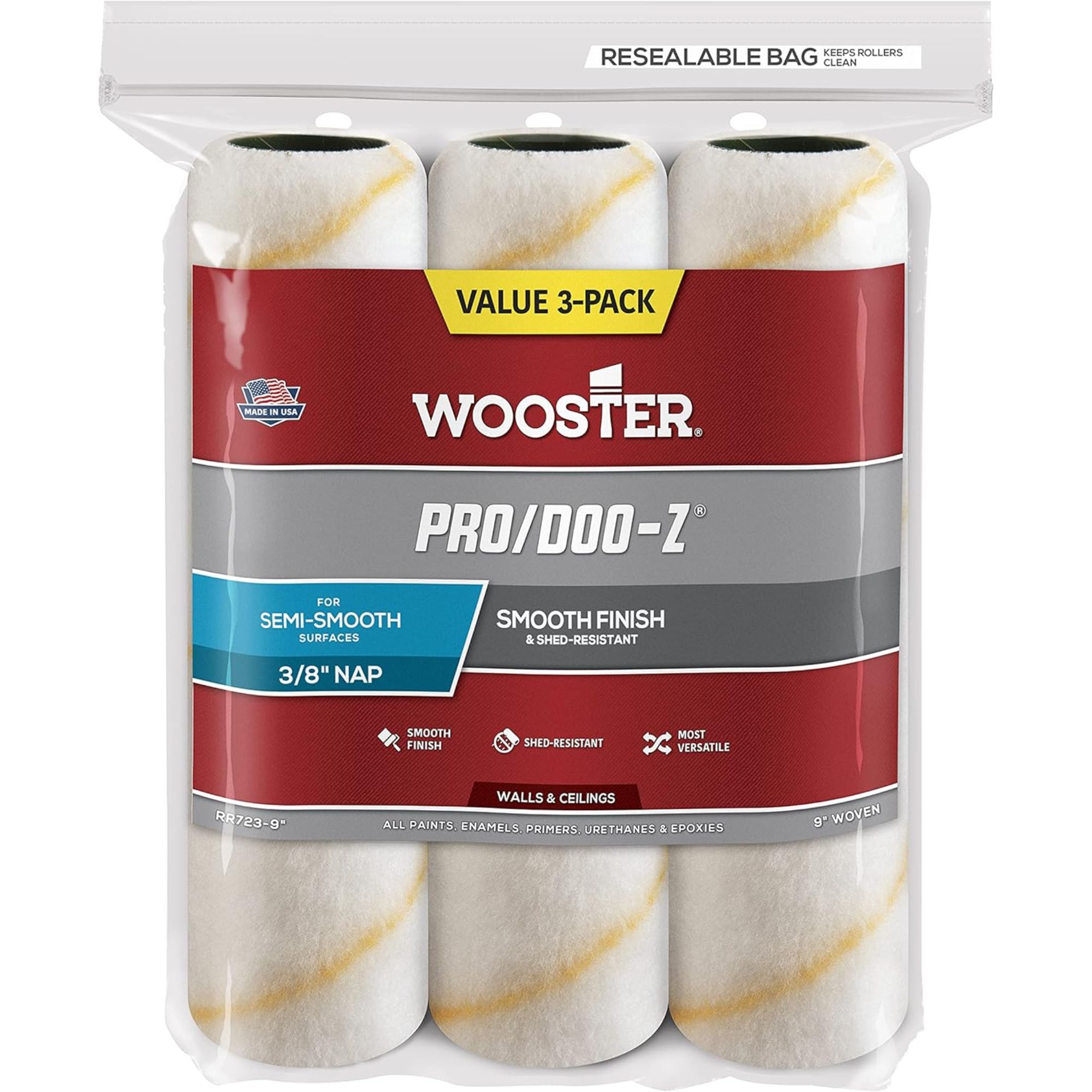
These rollers are shed-resistant and resilient, guaranteeing a smooth, professional finish.
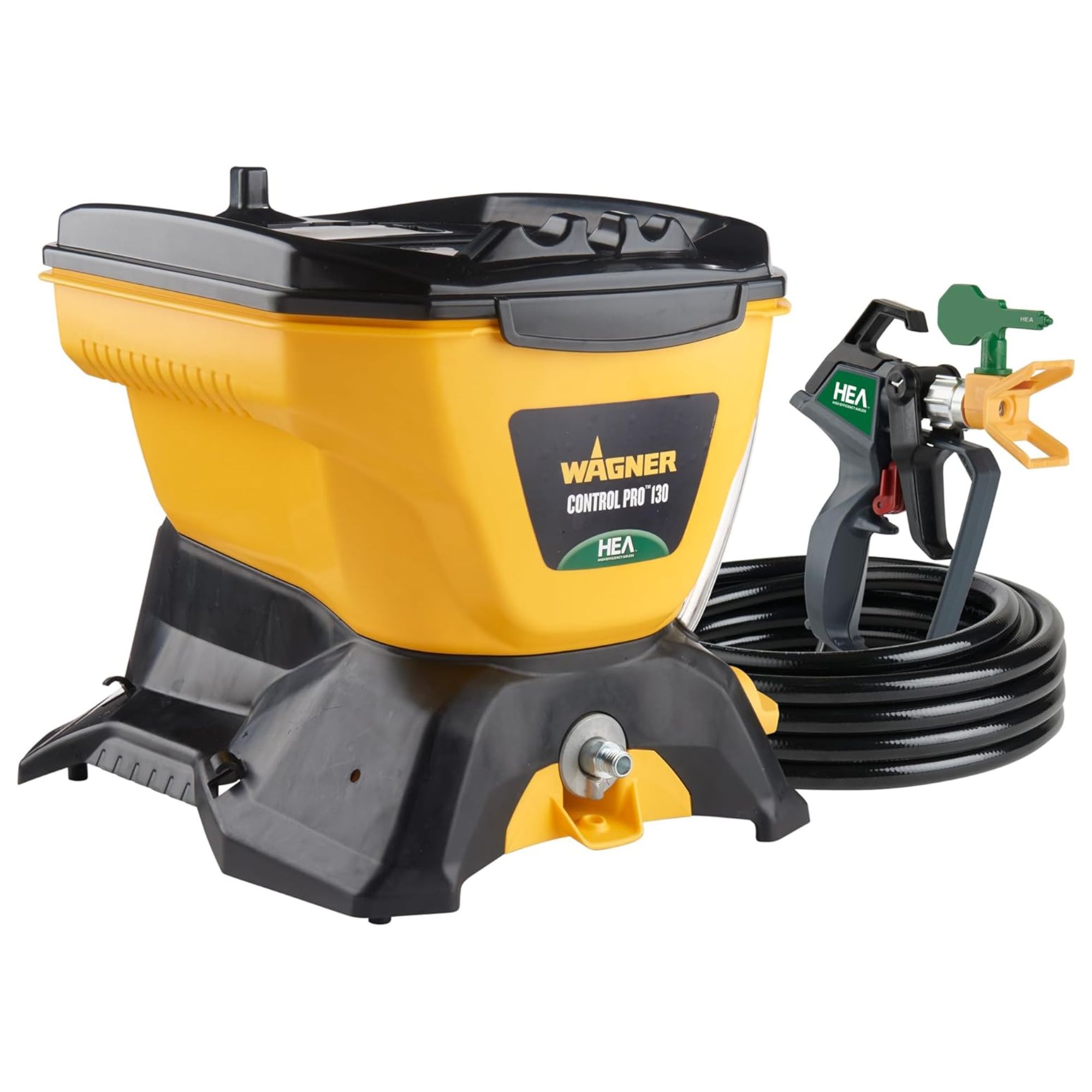
'This is suitable for big areas with fewer bubbles,' says Kaur. It uses high-efficiency, airless technology and continuous spray for a consistent finish.

This paint brushes prove that you can get a professional finish on a budget, and are suitable for both indoor and outdoor projects.
Finally, all that's left to do is to keep an eye on your work. 'Catching small issues early can prevent bigger problems down the line,' adds Skoog.
FAQs
How do you fix bubbles in paint when rolling?
If you spot bubbles appearing when painting with a roller, keep rolling them until the surface flattens and appears smooth, as you may have just applied too much paint in that area.
If the problem perseveres, it is probably down to a more serious issue, in which case it might be worthwhile to call a professional to come and take a look or check for moisture or leaks.
'Tackling wall point bubbles can be a bit of a chore, but with some know-how and the right materials, you’ll have those walls looking sharp in no time!' says Skoog.
Next, learn how to clean a paint roller, to ensure yours is ready next time you need it.
Sign up to the Homes & Gardens newsletter
Design expertise in your inbox – from inspiring decorating ideas and beautiful celebrity homes to practical gardening advice and shopping round-ups.

Ottilie joined Homes & Gardens last year, after finishing a Master's in Magazine Journalism at City, University of London. With previous contributions in Livingetc and Motorsport Magazine, she produces content for the Solved section on the website, focusing on clever tips and tricks to keep your home beautiful, organized and clean. She also has an undergraduate degree in English Literature and History of Art from the University of Edinburgh, where she developed a love for inspiring interiors and architecture.
-
 Gwyneth Paltrow's quiet luxury kitchen is so beautiful, we almost overlooked her ultra-smart cabinets – they make the use of 'every inch' of storage space
Gwyneth Paltrow's quiet luxury kitchen is so beautiful, we almost overlooked her ultra-smart cabinets – they make the use of 'every inch' of storage spaceThe Goop founder makes use of dead space in her kitchen with customized cabinetry that reaches to the ceiling, providing ample storage
By Hannah Ziegler
-
 Martha Stewart's intelligent cabinets 'take every inch into consideration' – their 'visually light' style will solve your small kitchen storage problems
Martha Stewart's intelligent cabinets 'take every inch into consideration' – their 'visually light' style will solve your small kitchen storage problems'Every kitchen can be beautiful and functional, no matter what the size': 9 years since sharing her clever storage, Martha's cabinets are just as beautiful
By Megan Slack
-
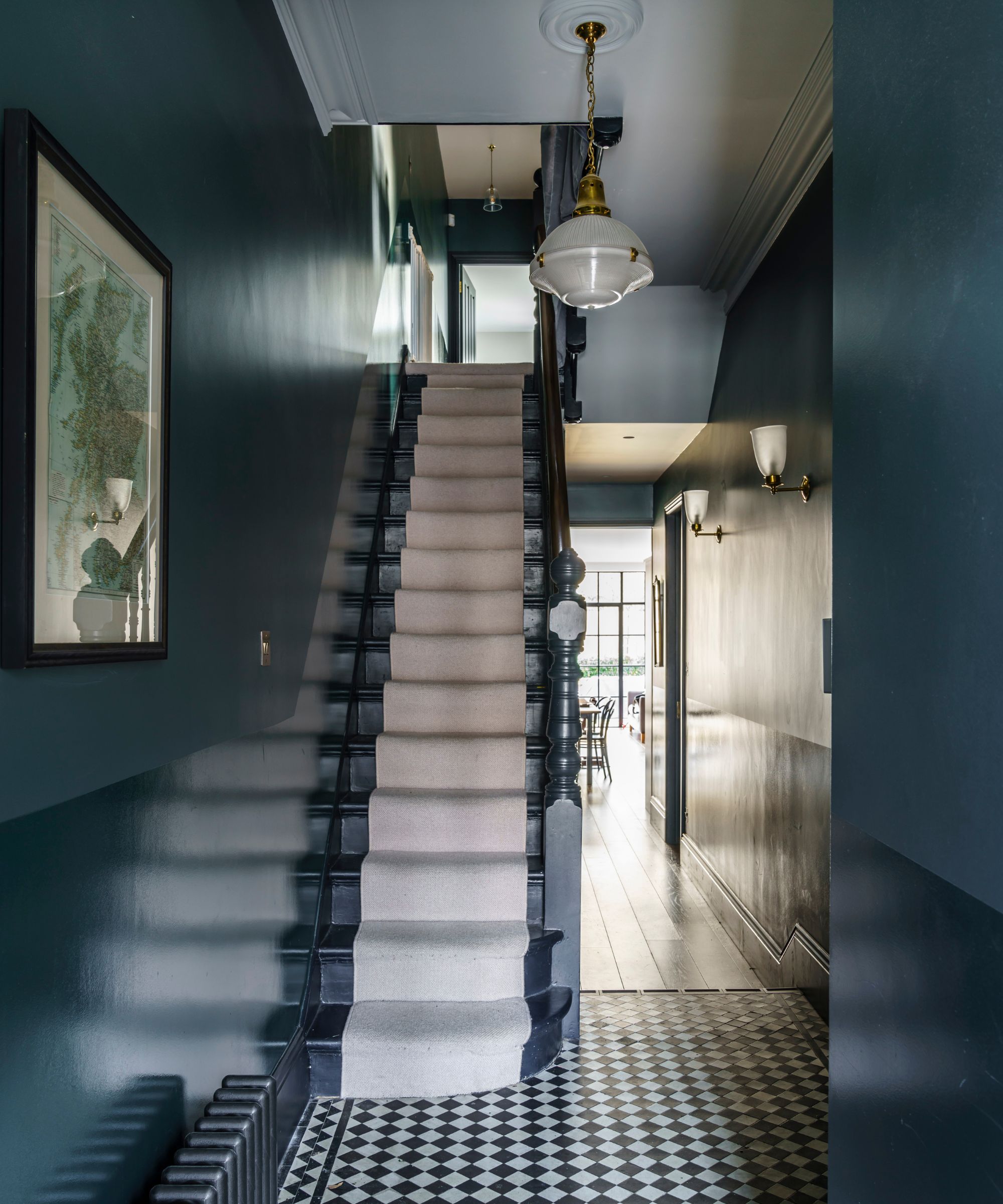 5 beautiful and impactful home improvement projects you can DIY this weekend for under $200 – you don't have to spend big to make a statement
5 beautiful and impactful home improvement projects you can DIY this weekend for under $200 – you don't have to spend big to make a statementFrom painting your fireplace to redecorating your door, little changes can transform and refresh your space
By Ottilie Blackhall
-
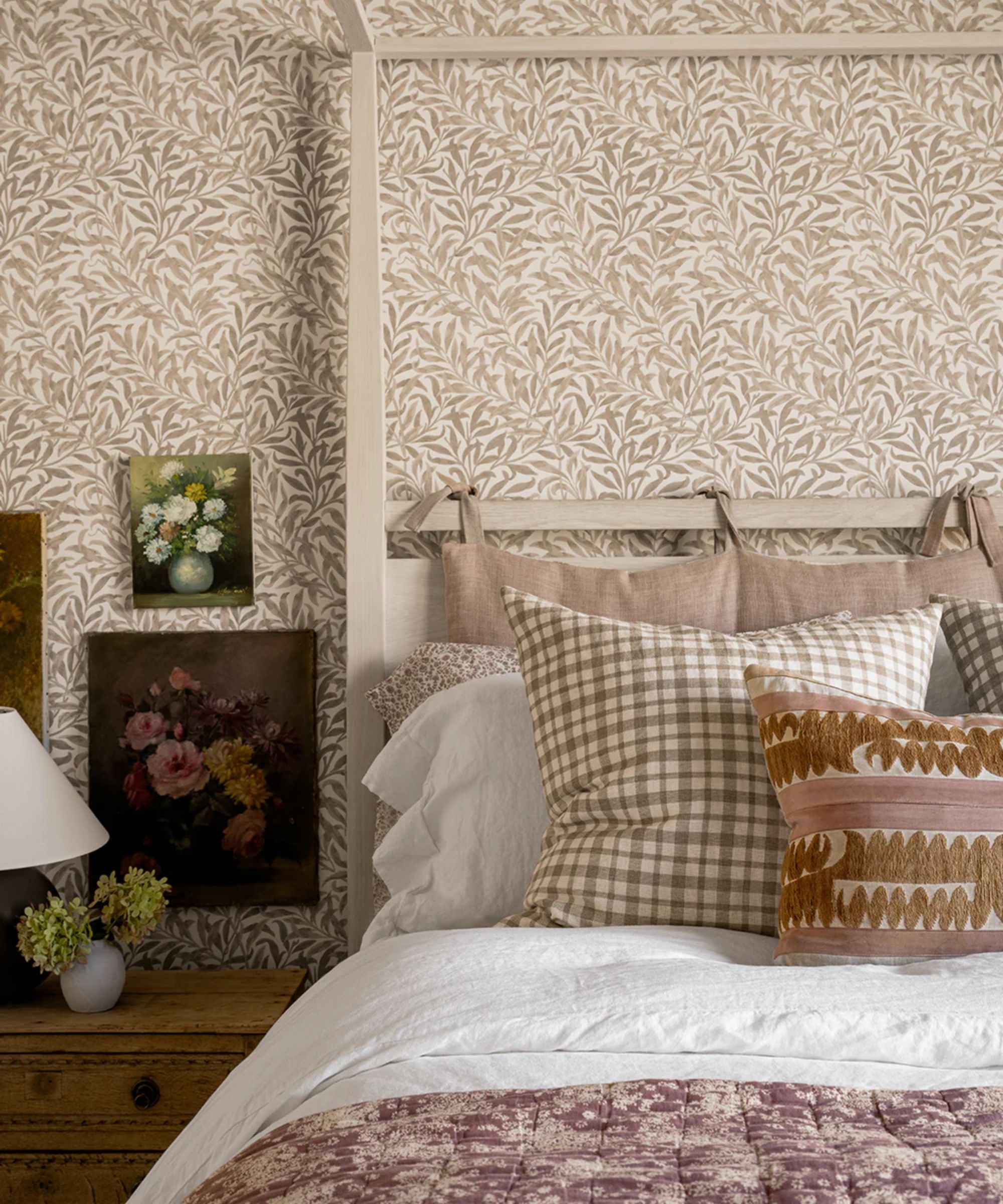 6 ways to prevent mold and damp in bedrooms – expert solutions to maintain a safe sleep environment
6 ways to prevent mold and damp in bedrooms – expert solutions to maintain a safe sleep environmentDon't sleep on these six tips, experts urge
By Seraphina Di Mizzurati
-
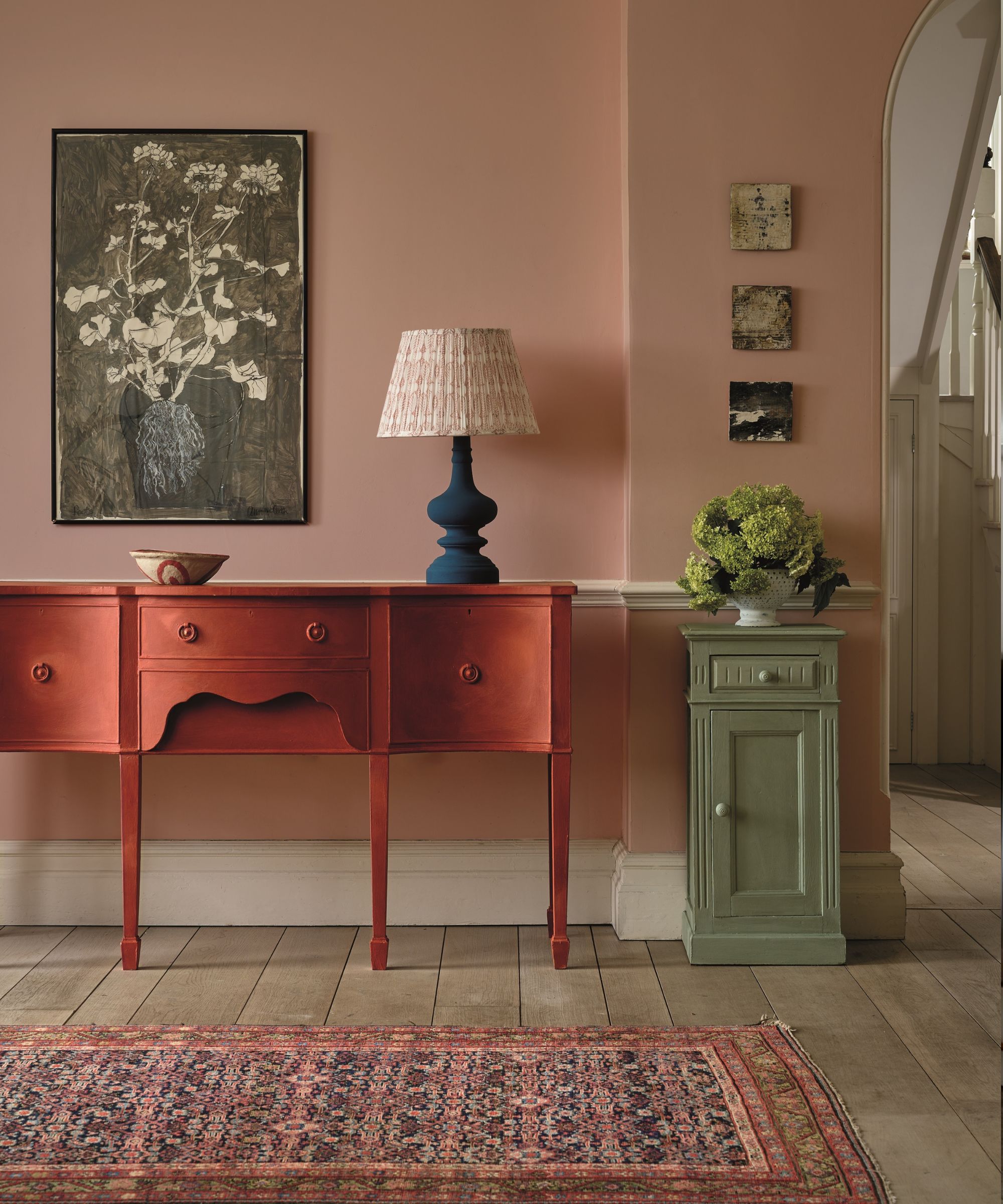 How to paint over stained wood – 6 simple steps expert painters swear by for even, lasting finishes
How to paint over stained wood – 6 simple steps expert painters swear by for even, lasting finishesSkipping even one step will result in chipping paint, experts warn
By Natasha Brinsmead
-
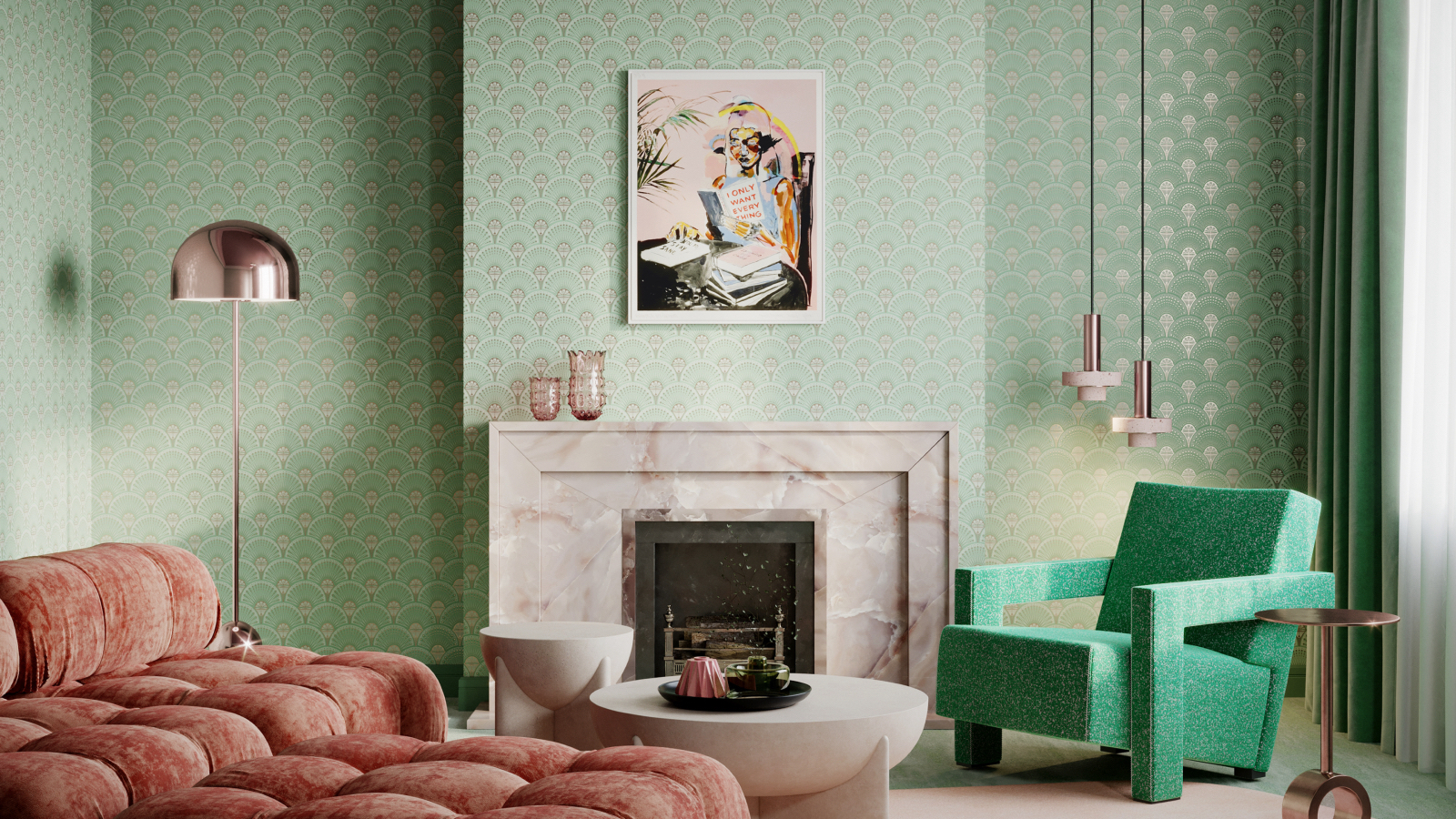 Can you put wallpaper on textured walls? Experts reveal it is indeed possible with this vital step
Can you put wallpaper on textured walls? Experts reveal it is indeed possible with this vital stepPrep, prep and prep some more for wallpapering success
By Sophie Warren-Smith
-
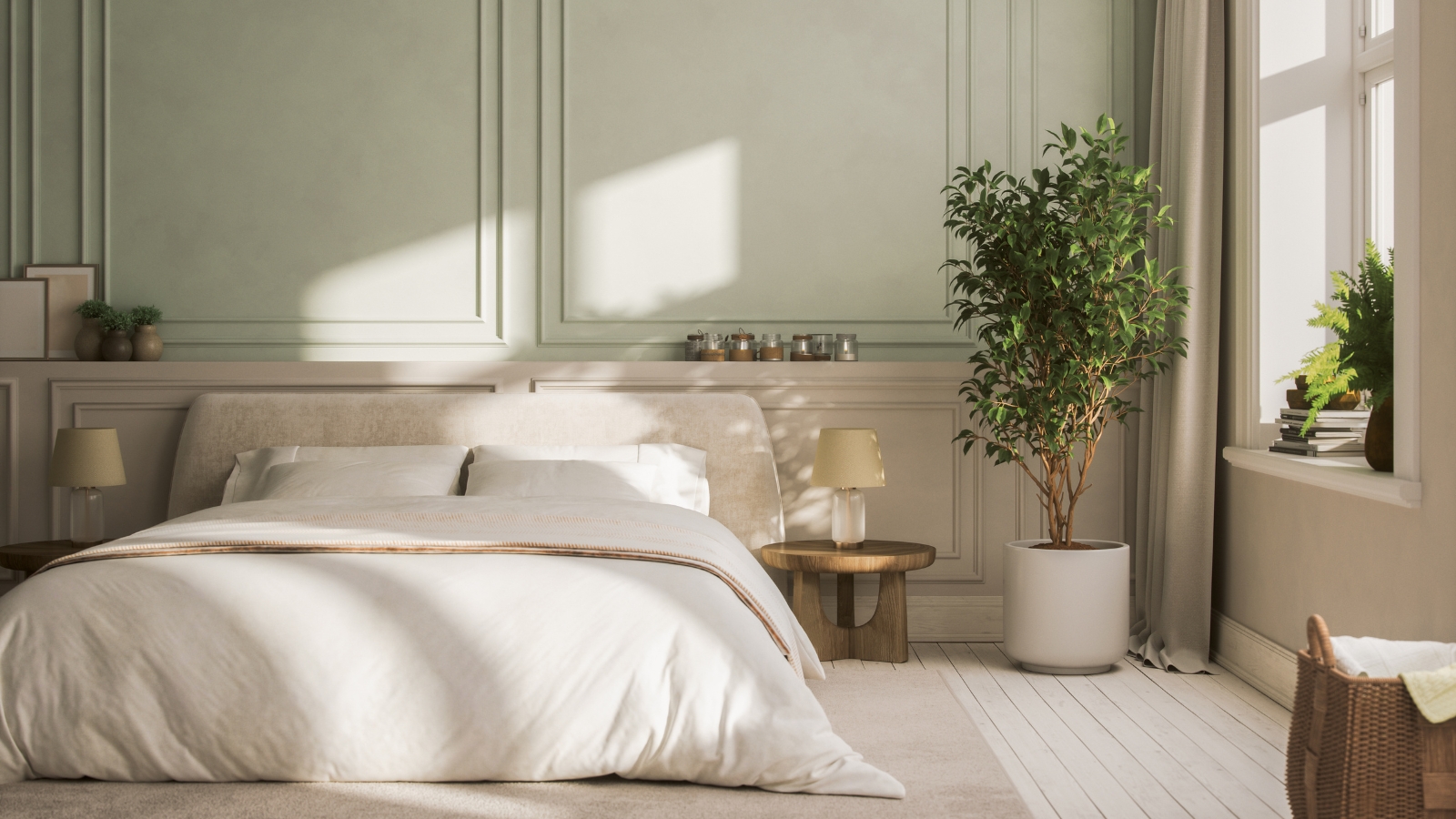 8 helpful ways to re-purpose old pillows – from making handy garden kneelers and draft excluders, to cozy pet beds
8 helpful ways to re-purpose old pillows – from making handy garden kneelers and draft excluders, to cozy pet bedsSustainability experts say these bulky items don't have to go to waste
By Sophie Warren-Smith
-
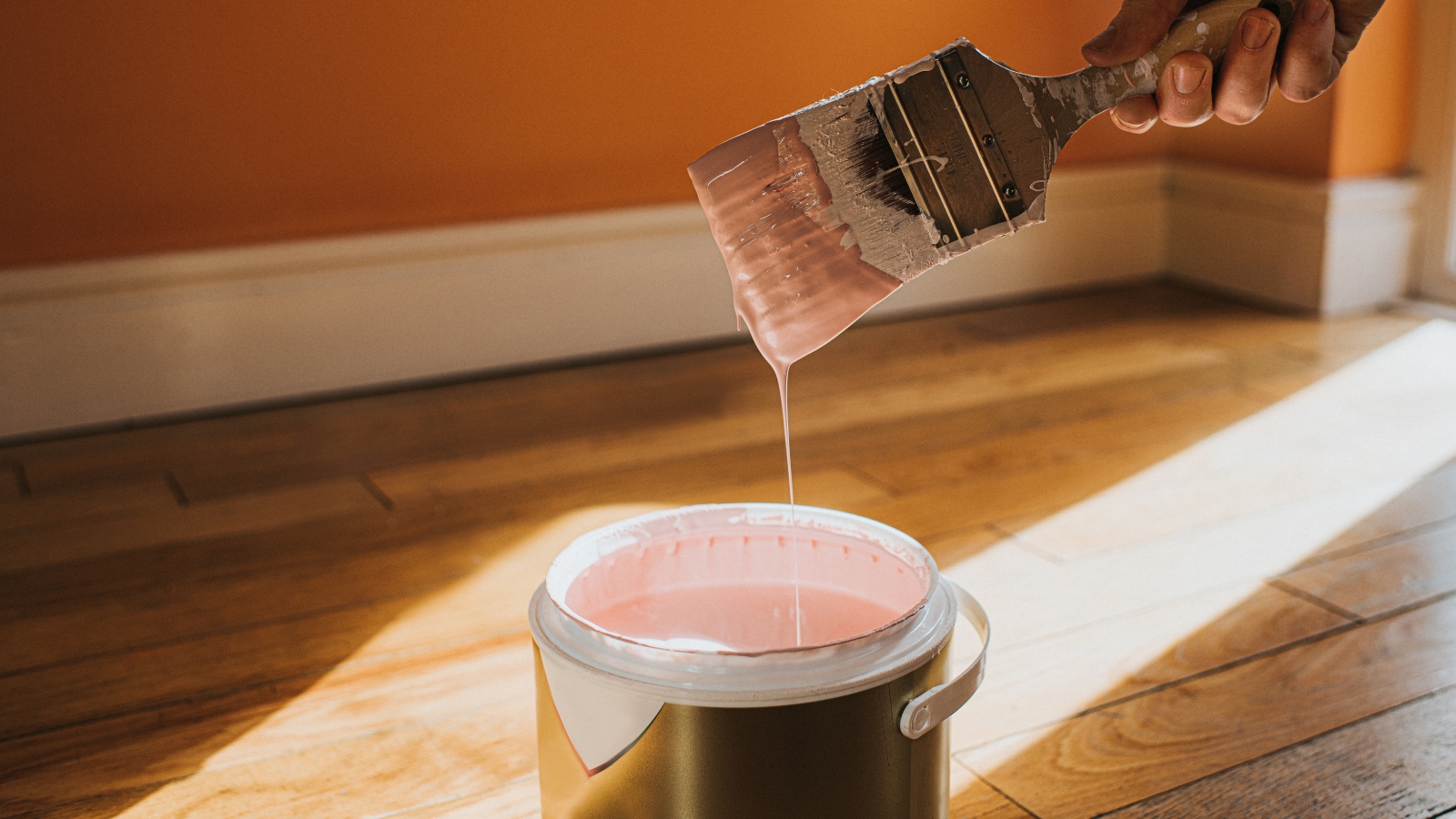 7 practical things you can do with leftover paint around your home including protecting outdoor furniture, tinting cement and creating touch-up kits
7 practical things you can do with leftover paint around your home including protecting outdoor furniture, tinting cement and creating touch-up kitsPro tips to make the most of those extra supplies
By Andy van Terheyden
-
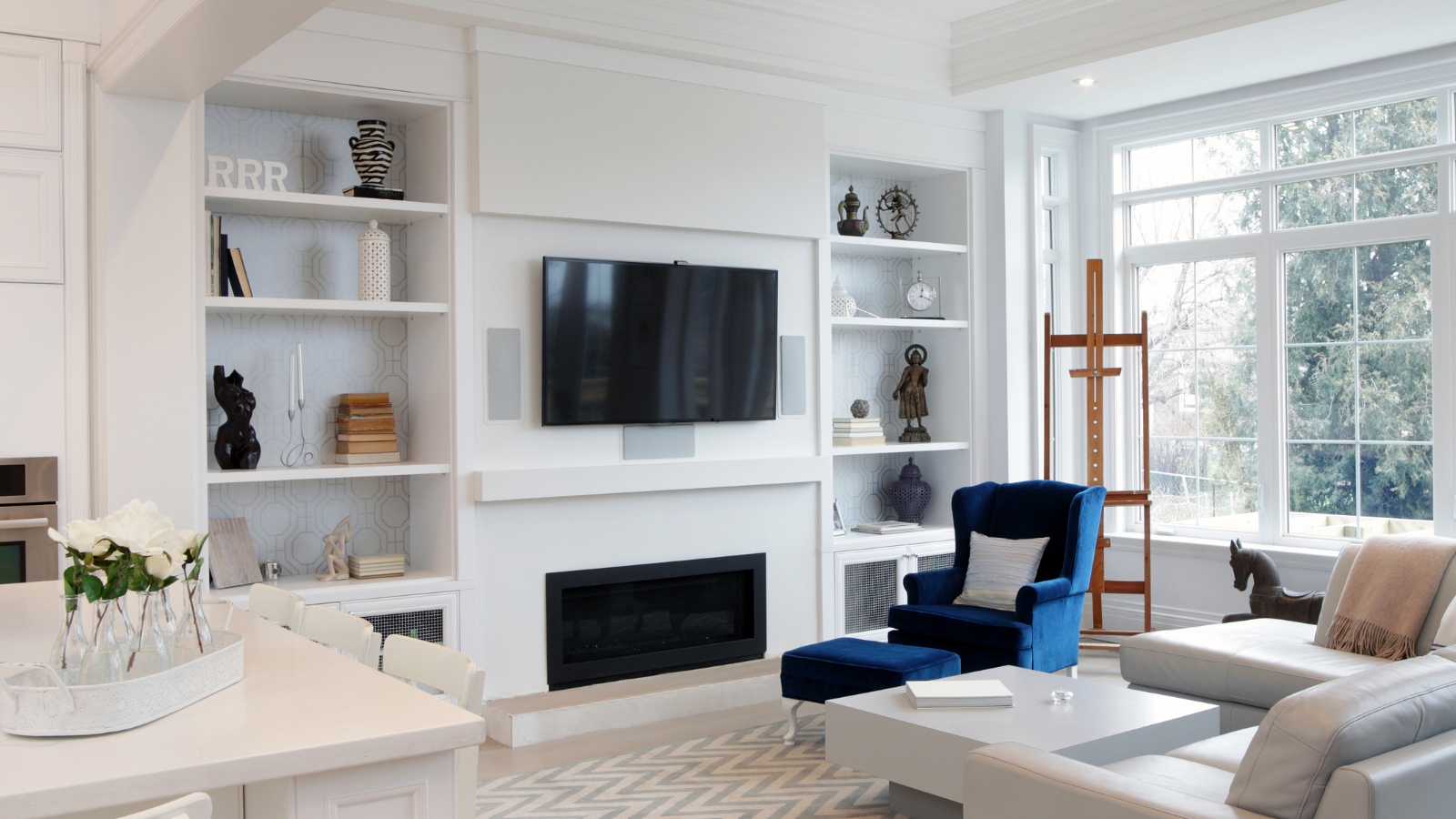 Construction pros reveal the 6 mistakes to avoid when hanging drywall for perfect walls and ceilings
Construction pros reveal the 6 mistakes to avoid when hanging drywall for perfect walls and ceilingsThey see these all the time
By Natasha Brinsmead
-
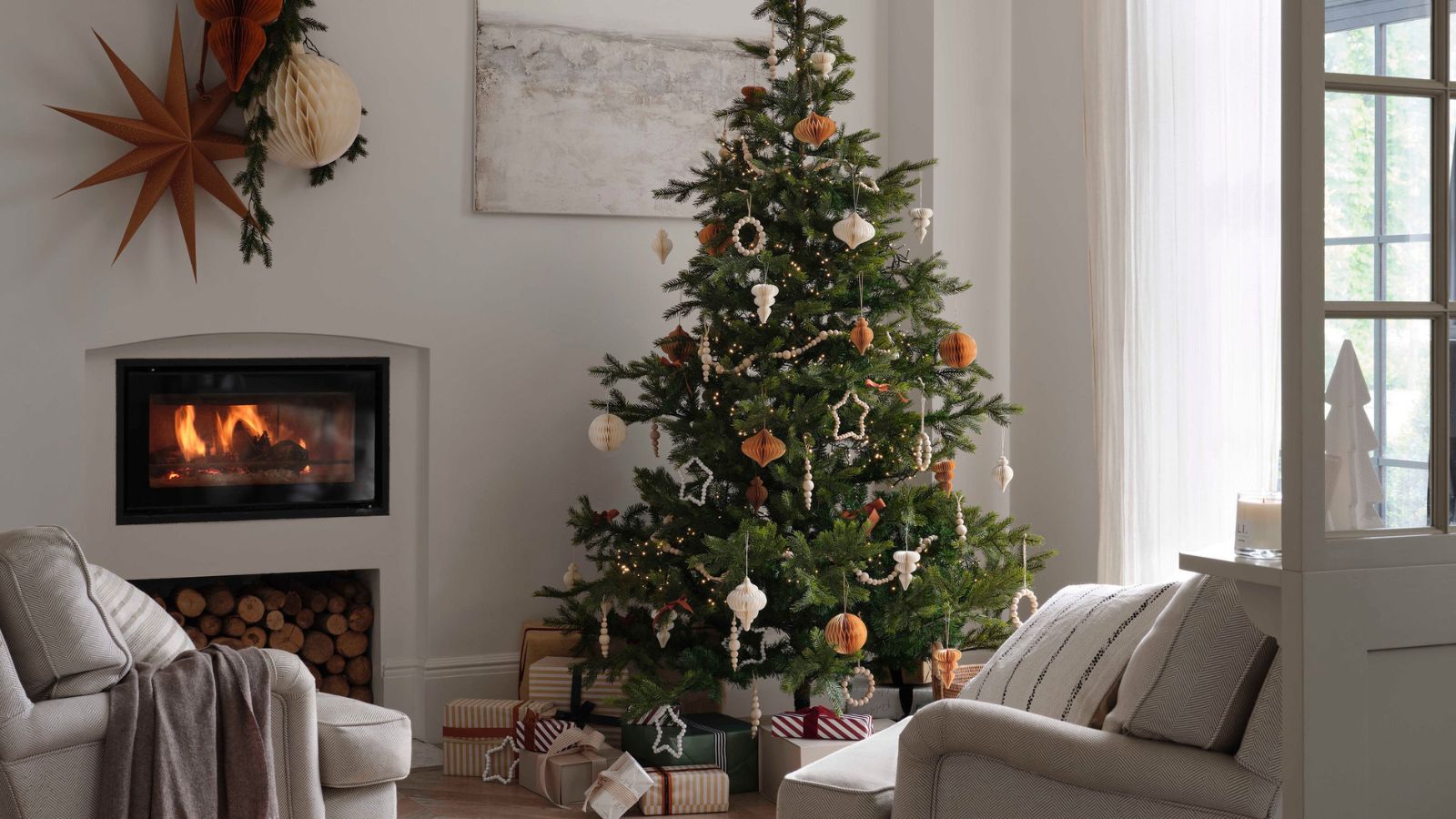 Christmas decorating stalled by missing tools and essentials? These 6 festive DIY job must-haves will get your delayed tasks back on track
Christmas decorating stalled by missing tools and essentials? These 6 festive DIY job must-haves will get your delayed tasks back on trackGet your holiday decorating going again with our Christmas first-aid kit
By Chiana Dickson